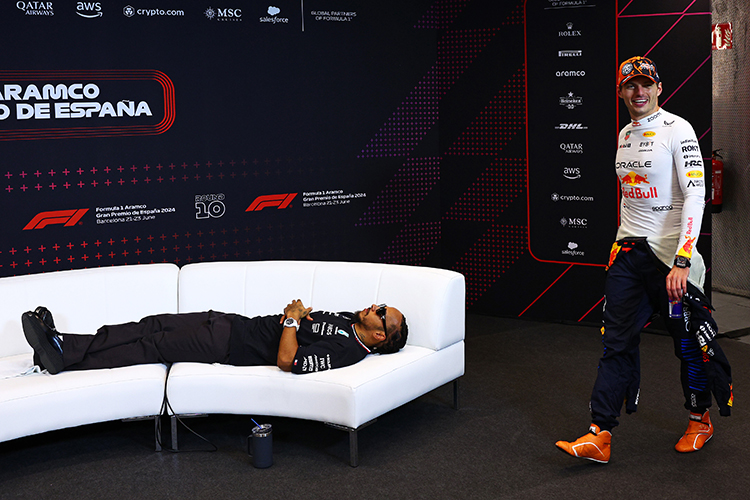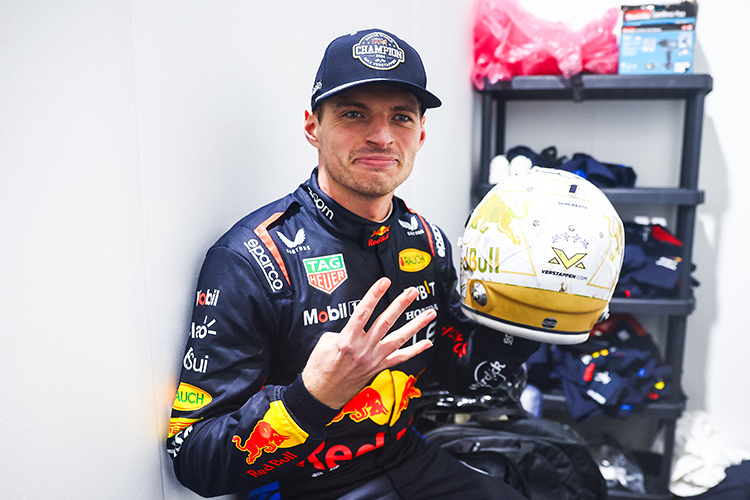Who Lost Their Legs in an F1 Crash? The Stories of Alex Zanardi and Billy Monger

Formula 1 World Champions: A legacy of racing legends
Who lost their legs in an F1 crash?
Learn about the inspiring stories of Alex Zanardi and Billy Monger, two Formula 1 drivers who lost their legs in accidents but made remarkable comebacks to motorsports.
In the high-risk world of motorsport, accidents can have life-altering consequences. Two drivers who suffered the loss of both legs in F1-related crashes are Alex Zanardi and Billy Monger. Their inspiring stories highlight both the resilience of the human spirit and the advancements in adaptive technologies and motorsport safety.
Alex Zanardi: A Hero’s Journey After Tragedy
Alex Zanardi, an Italian former Formula 1 driver, faced a devastating crash in 2001 during an IndyCar race at the Lausitzring circuit in Germany. Following a high-speed collision, Zanardi suffered catastrophic injuries, leading to the amputation of both legs. Despite the traumatic accident, Zanardi's determination and unwavering spirit allowed him to return to competitive motorsport.
After adapting to new vehicles, Zanardi made a triumphant comeback in Paralympic cycling, where he won multiple medals, including gold. His journey not only inspired millions but also underscored the growing role of advanced rehabilitation and adaptive technologies in motorsport. Zanardi’s remarkable recovery and continued achievements have made him a symbol of hope and perseverance in the motorsport community.
Billy Monger: Overcoming the Odds in Motorsport
Billy Monger, a young British driver, suffered a life-changing accident in 2017 during a Formula 4 race at Donington Park. After a collision with another car that he did not see due to poor visibility and track conditions, Monger lost both of his legs—one above the knee and one below. The accident left him with life-threatening injuries, but his determination to race again showed the strength of his character.
After extensive rehabilitation and the fitting of custom adaptations to his race car, Monger returned to motorsport, driving in the British F3 Championship. His inspiring recovery also led him to advocate for changes in racing regulations, specifically pushing for rules that would allow amputee drivers to compete in single-seater cars. Monger’s career took another turn as he became a regular commentator for Channel 4’s F1 coverage, where he continues to inspire a new generation of fans.
Adaptive Technologies and Safety Advances in Motorsport
The recoveries of Zanardi and Monger showcase the remarkable progress in adaptive sports technology and motorsport safety. Both drivers have been pioneers, demonstrating that physical limitations do not have to define or limit one's career in racing. These advancements allow amputee drivers to continue competing at the highest levels of motorsport, paving the way for future generations of athletes with disabilities.
Conclusion: Inspiration and Resilience in Motorsports
The stories of Alex Zanardi and Billy Monger go beyond the race track; they represent the strength of the human spirit in overcoming adversity. Their recoveries and continued success in motorsport inspire others and reflect the incredible potential of adaptive technology and safety innovations in the sport. Both drivers remain influential figures, proving that determination and perseverance are key to overcoming even the most difficult challenges in racing.
Up Next



